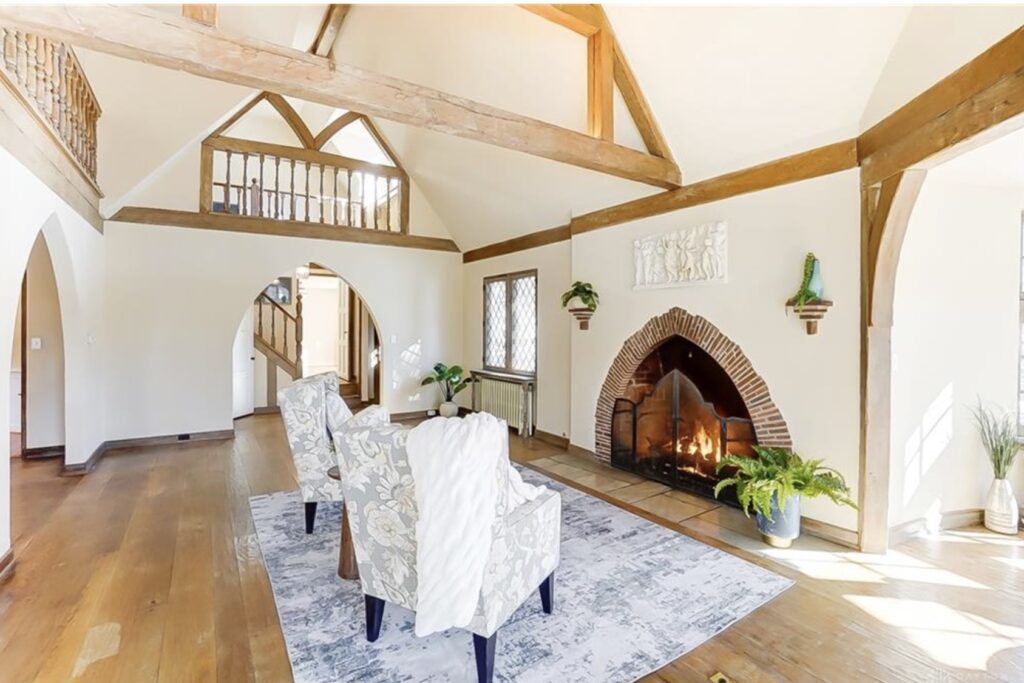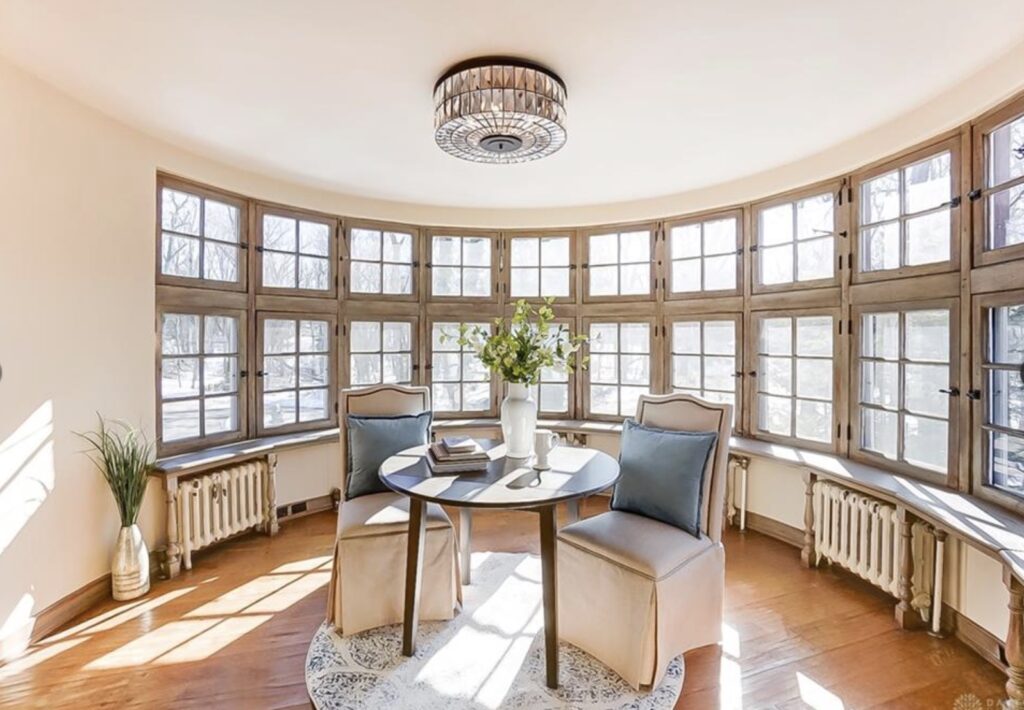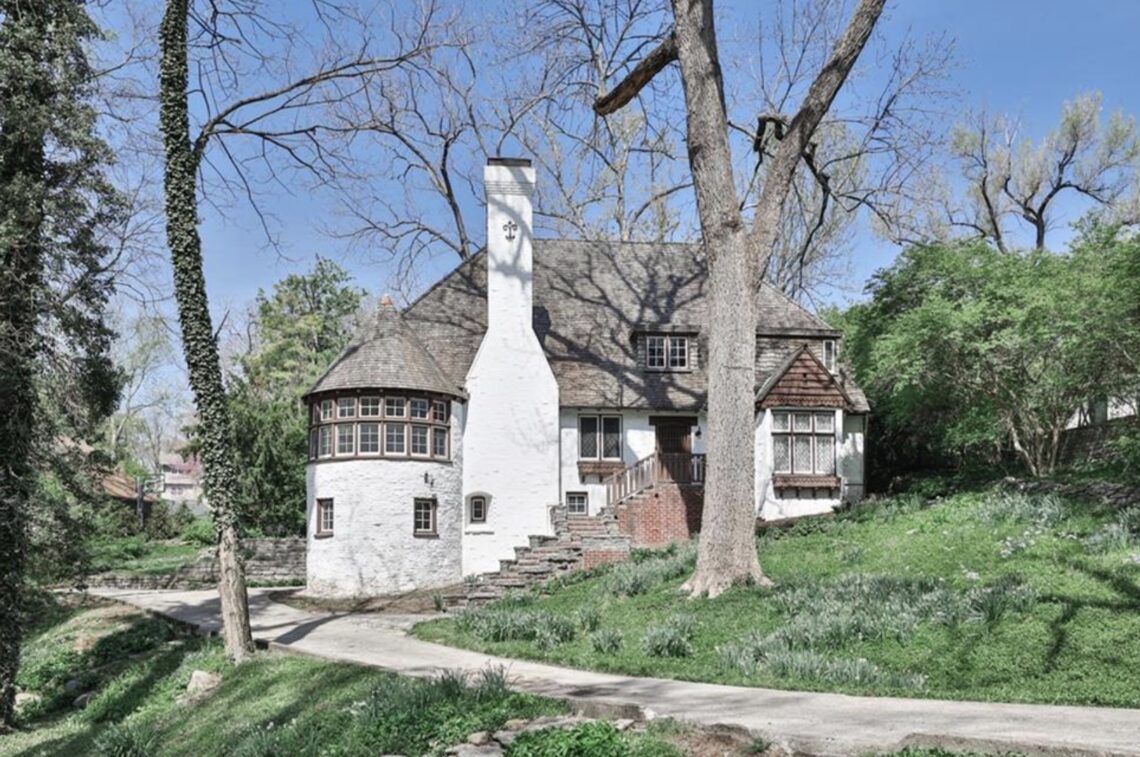I first learned about the Dayton architect Louis Lott when my husband, Tobias, listed a beautiful home on Woodstock Drive in Oakwood. We knew it was special from the moment we walked in—but when we discovered it was designed by Louis Lott, I became fascinated. I dove into researching his work and quickly realized how much of Dayton’s architectural story he helped write. The more I uncovered, the more I wanted to know—not just about Lott, but about the many architects who helped shape the character of our region. I plan to write more about them in future blogs, but first, here’s what I’ve learned about the remarkable Louis Lott.
A Civic-Minded Visionary
Louis Lott (1872–1934) was a visionary architect whose influence helped shape some of the most distinguished neighborhoods and iconic buildings in the Dayton area. Educated in Europe’s most prestigious institutions—including Köln and the Munich Polytechnicum in Germany, and the renowned École des Beaux-Arts in Paris—Lott brought a sophisticated, international perspective to his work.
His career path was as dynamic as his designs. He practiced in Dayton from 1901 to 1904, then moved to New York City, where he continued his work from 1904 to 1909 before heading to Paris for further study. In 1911, he returned to Dayton, and that’s when his lasting impact on our city truly began to take shape.
Lott wasn’t just an architect—he was a civic visionary. He served on the Dayton City Planning Board from 1914 to 1921 and also shared his knowledge as an instructor at the Dayton Art Institute during the years it was affiliated with the University of Dayton. His influence extended beyond buildings to the way our city grew and developed.
The Architect Who Defined Oakwood’s Charm
Lott is perhaps best remembered as the “master architect” behind Oakwood’s Schantz Historic District. This storybook neighborhood, known for its early 20th-century homes and garden-like setting, features contributions from several notable architects, but Lott’s work stands out. His designs helped define the character and charm of the area.


Lott’s architectural style was incredibly diverse. You’ll find homes influenced by the Craftsman movement with Swiss Chalet elements, Craftsman Bungalows, Italian Revival, Colonial Revival, and both Greek and Italian Renaissance Revival styles. Many of his homes feature intricate woodwork and natural stone accents—details that catch the eye and give each home a distinct personality.
If you’d like to explore more of Lott’s work, Wright State University’s Special Collections & Archives offers a glimpse into his architectural legacy. You’ll find floor plans, sketches, and photos that reflect his lifelong dedication to thoughtful design.
Louis Lott left his mark not just on individual homes, but on the overall beauty and organization of the Dayton area. Walking through neighborhoods like Oakwood and Schantz Park, it’s easy to see the care and craftsmanship he poured into his work. I feel lucky to live and work in a place where his legacy lives on—in the bricks, beams, and the beauty of these timeless homes.
For more local favorites from your Neighborhood Guide, Maura Leathers Schmitt, go here.


